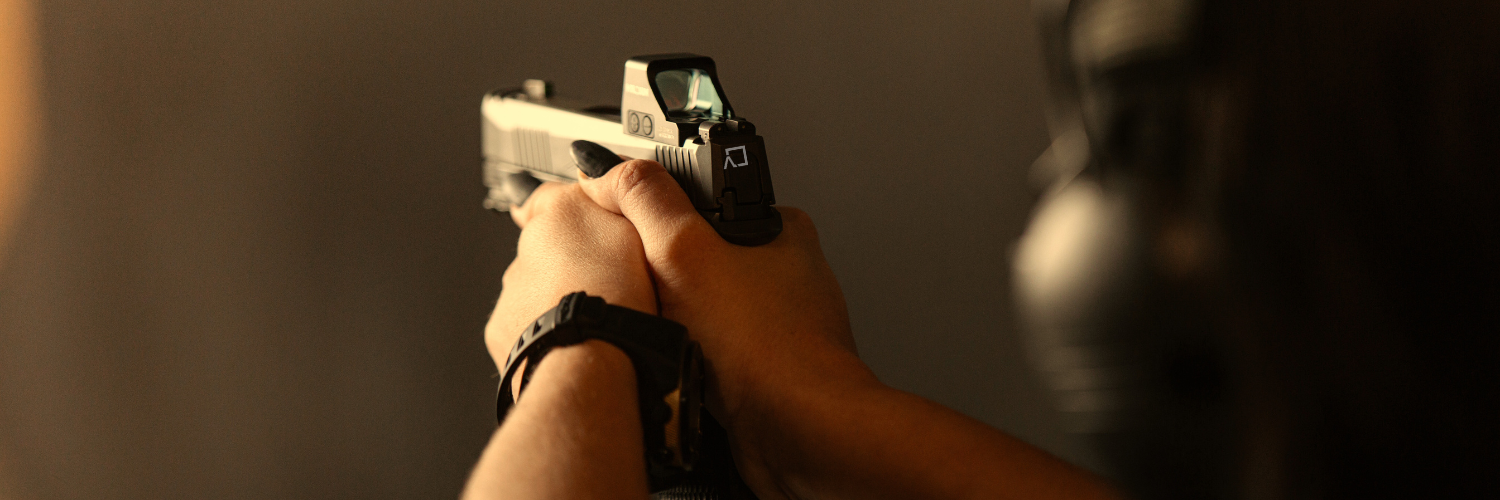Gearing Up: What You Need to Start Shooting Competition
Ready to compete in shooting sports? You don’t need to spend a fortune or haul tons of gear. Different formats have unique requirements, but some are easier to start than others. Here’s how to make the leap from range time to competition without breaking the bank.

So you’ve got some range time under your belt, you’re decent with a gun, and now you’re itching to get off the bench and start competing. Awesome. But what do you actually need to get started, besides ammunition of course? The good news? You don’t have to break the bank or fill a truck bed with gear to jump in. Different formats ask for different stuff, and some are way easier to start than others. Let’s run through the basics, from the low-key options to the gear-heavy beasts, and wrap up with a little wisdom on how to approach it all. Spoiler. You’ve probably got enough to start already.
IDPA: Pistol, Holster, and a Willingness to Move
If you’ve got a pistol and a holster, IDPA (International Defensive Pistol Association) is one of the simplest ways to dip your toes in. It’s built around practical, self-defense-style shooting, so you don’t need much. A reliable handgun (think 9mm or .45, whatever you’ve got), a sturdy outside-the-waistband holster, a couple of mags, and a mag pouch or two. That’s it. Most stages use 6 to 18 rounds, so a box of 50 will get you through a match. Add a concealment garment like a vest or jacket if you’re in the mood, but plenty of folks start with what’s in their closet. Low cost, low fuss, and a great way to test your skills.
Shotgun Clays: A Shotgun and Some Shells
Shotgun folks, you’re in luck. Clays like skeet, trap, or sporting clays are beginner-friendly and don’t demand a pile of gear. All you need is a shotgun. Over under, semi-auto, or a pump if that’s how you roll. Nothing fancy required. Grab a couple boxes of shells (50 to 100 rounds covers most matches, depending on the format), a shell pouch or vest to hold them, and you’re good. Eye and ear protection are a must, but you’ve probably got those already. Local clubs often have loaner guns too, so if your scattergun’s not ready, you can still play. It’s cheap, accessible, and a ton of fun.
Steel Challenge: Speed with Minimal Setup
Another easy entry is Steel Challenge. Got a pistol or a .22 rifle? You’re halfway there. It’s just you, five steel plates, and a timer. A handgun (centerfire or rimfire), a holster, three to five mags, and a pouch to carry them are the basics. Rimfire divisions let you use a .22 pistol or rifle with no holster needed, cutting costs even more. Matches burn through 100 to 150 rounds, but .22 ammo is dirt cheap, and centerfire isn’t brutal either. Simple gear, fast stages, and no complicated rules. Perfect for keeping it light.
USPSA: A Step Up in Pistol Gear
Ready to kick it up a notch? USPSA (United States Practical Shooting Association) is still pistol-only but asks for a bit more. Your handgun, a solid holster (outside the waistband, secure), three to five mags, and matching pouches are the core. Stages can eat 20 to 30 rounds each, so plan on 150 to 200 rounds per match. Divisions range from stock guns to race-ready setups, but you can start with whatever you own. It’s more dynamic than IDPA, with extra movement and targets, so a belt to hold everything helps. Still manageable, just a little spicier.
Rimfire Matches (NRL22, PRS22): Precision on a Budget
If you’ve got a .22 rifle, rimfire comps like NRL22 or PRS22 are a sweet spot. A .22 LR rifle (bolt or semi-auto), a scope (even a basic one works), and a bipod or bag for stability get you started. NRL22 keeps it close. 25 to 200 yards. With stages using everyday props, while PRS22 stretches out to 300 yards for more challenge. You’ll need 100 to 200 rounds per match, but .22 ammo won’t empty your wallet. A sling’s handy for NRL22’s positional stuff, and a mag or two extra keeps you moving. Low gear, high skill, and a growing scene.
3-Gun: Three Times the Fun, Three Times the Stuff
Now we’re getting serious. 3-Gun means a pistol, rifle, and shotgun, plus all the trimmings. For the pistol, think USPSA gear. Holster, mags, pouches. The rifle (usually an AR-15) needs a sling, a few mags (30-rounders are standard), and a decent optic. The shotgun, semi-auto’s are the way to go. Needs a way to carry shells (belt and chest caddies are a must). Matches chew through 100+ rounds per gun, mixing birdshot, slugs, and rifle ammo. It’s a gear juggle, and ammo costs add up fast. Awesome and an adrenaline dump, but not cheap.
PRS: Long-Range, Big Investment
Have an extra credit card lying around? Precision Rifle Series (PRS) is the deep end. You’ll want a bolt-action rifle (something like a .308 or 6.5 Creedmoor), a high-power scope (think 4-16x or better), a bipod, and bags for support. A chassis or good stock helps, and 50 to 100 rounds of match-grade ammo per event isn’t unusual. You’re shooting 500 to 1000 yards, so quality matters. Both in gear and cost. You’ll have to add a rangefinder and ballistic app if you’re serious. It’s a precision game with a price tag, but the payoff is unreal, but the devil’s in the details.
Don’t Buy the Store. Start Small
Here’s the big takeaway. Don’t run out and buy every gadget you think you’ll need. You’ll wish you hadn’t, and so will your wallet. Same with ammo selection, your ammunition selection will change throughout your competition adventure, so don’t run out and commit to one brand or bullet weight. Our team at AmmoSquared will help you select the ammunition you’ll need, whether it’s match grade .22 LR for NRL22 or 9mm for USPSA, delivered when you need it. So don’t grab that shiny $500 holster rig or tricked-out rifle? It might not even fit your competition style or class once you start. Take what you’ve got to your first match. Your everyday pistol, your hunting shotgun, whatever. Borrow gear from the crew there (they’ll offer, trust me), shoot a stage, and soak it in. Learn what works, what you like, and buy as you grow.
Competition’s about the journey, not the shopping spree. Start lean, and purposefully build your kit as you find what works for you.
If you are interested in your financial readiness please check out our content sponsor Old Glory Bank.


